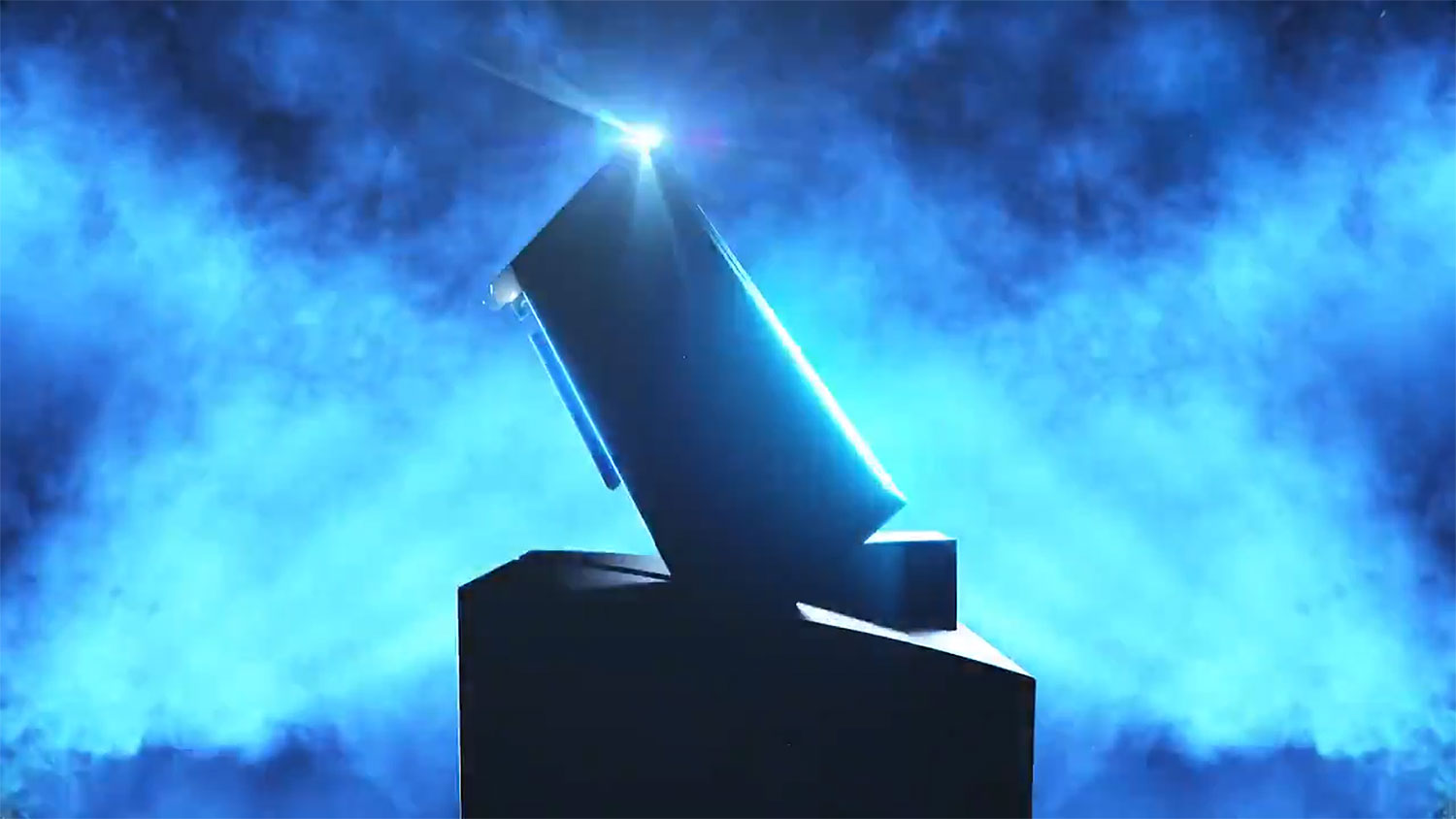There’s a good chance Intel’s gaming GPUs will have extra hardware for ray tracing
We know for sure it's coming to the datacenter. Gaming GPUs will likely follow.

For all of the hype and marketing centered on Intel's plans to launch a line of discrete GPUs in 2020, for all of the Twitter posts and notable hires, and for all of the community events to date, we know surprisingly little about what the actual hardware will entail. One thing we do know, however, is that ray tracing is in the cards.
Or will be in the cards, the ones that go into datacenters. While Intel has kept details pertaining to specs and other fine grain development under lock and key, Intel revealed an interesting tidbit in a blog post about its rendering framework, as it applies to its Xe graphics architecture.
"I’m pleased to share today that the Intel Xe architecture roadmap for datacenter optimized rendering includes ray tracing hardware acceleration support for the Intel Rendering Framework family of API’s and libraries," wrote Jim Jeffers, senior principal engineer and senior director of Intel's advanced rendering and visualization team.
There's not much else to digest in terms of the actual hardware, but that's enough to confirm that at least some of Intel's discrete GPUs will not only support real-time ray tracing, but will be baked into hardware and purpose-built for the task.
Whatever Intel is cooking up for its Xe cards, it's akin to the RT cores in Nvidia's RTX series. That's not to say Intel's hardware will take the exact same approach, or even a similar one. However, this means ray tracing capabilities will extend past just software support.
That's an important distinction. Nvidia recently expanded ray tracing support to its entire family of Turing GPUs, including its GTX series graphics cards, and also its previous generation Pascal parts. There is not a GTX card on the planet that has specialized hardware specifically for ray-traced workloads. Nevertheless, they now support it through Microsoft's DirectX Raytracing (DXR) API.
I strongly suspect that we'll see ray tracing hardware implemented into Intel's gaming GPUs too—if not right out of the gate, then sometime shortly after. It would be odd not to. After all, Nvidia already has ray tracing hardware, and we know a version of AMD's upcoming Navi GPU architecture will have it as well, as implemented in Sony's upcoming PlayStation 5. And now we know that it's coming to Intel's datacenter GPUs.
Keep up to date with the most important stories and the best deals, as picked by the PC Gamer team.
This matters because having actual hardware purpose built for ray-traced workloads is the difference between technically supporting the feature, and supporting it with enough graphics processing muscle for it to be beneficial. If Intel wants to compete with the best graphics cards for gaming, this is a box it is likely to check.
It's not really surprising that Intel is jumping on the ray tracing bandwagon, in the datacenter at the very least. Still, it is an interesting nugget from Intel, particularly since it is being careful not to reveal too many details about its discrete GPU plans just yet.
Paul has been playing PC games and raking his knuckles on computer hardware since the Commodore 64. He does not have any tattoos, but thinks it would be cool to get one that reads LOAD"*",8,1. In his off time, he rides motorcycles and wrestles alligators (only one of those is true).


